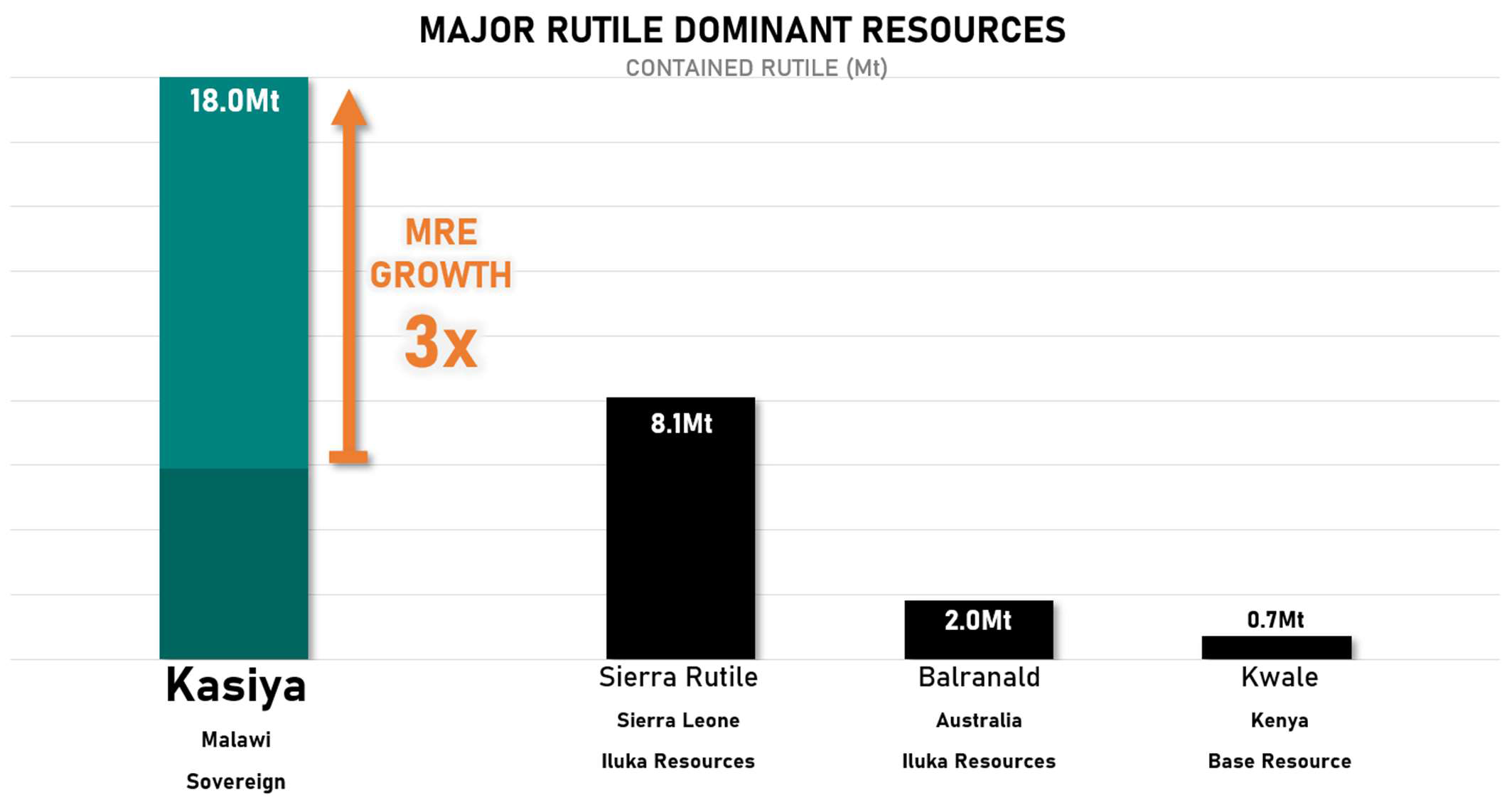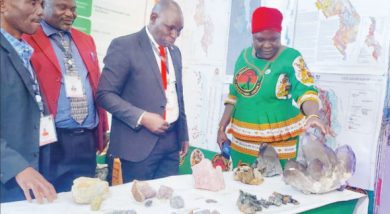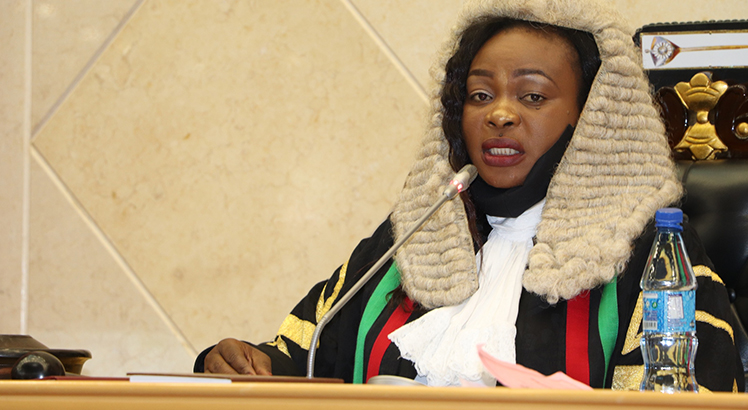Malawi sits on rutile ‘gold’
It has emerged that Kasiya in Lilongwe has the largest rutile deposit in the world with 1.8 billion tonnes of indicated and inferred resource at 1.01 percent.
The projected deposits are more than double the rutile contained at its nearest rutile peer, Sierra Rutile, in Sierra Leon.

A report by Sovereign Metals Limited shows that the country also has the second largest flake graphite deposit in the world at the same site, which means Malawi can ably make gains from mining.
Meanwhile, Chamber of Mines and the Natural Resources Justice Network have described the discovery, which adds to the expanded mining zone at the uraniun site at Kayelekera in Karonga, as a move that can reduce the country’s dependency on agriculture.
Sovereign Metals says natural rutile is a genuinely scarce commodity, with no other known large rutile dominant deposits being discovered in over half a century, adding that the current sources are in decline as several operations’ reserves are depleting concurrently with declining ore grades.
The firms said this is the purest, highest-grade natural form of titanium dioxide (TiO2) and is the preferred feedstock in manufacturing titanium pigment and producing titanium metal. Titanium pigments are used in paints, coatings and plastics.
Reads the report in part: “The highlighted cut-off of 0.70 percent presents 1.8 billion tonnes at a rutile grade of 1.01 percent with high-grade components providing over 352 Mt at a rutile grade of 1.44 percent at a 1.20 percent cut-off.
“The overall recovered rutile equivalent grade for the mineral resource estimate [MRE] at the global 0.7 percent cut-off is 1.64 percent RutEq.
“Overall, the new MRE shows a number of new large, but generally discrete high grade rutile zones, particularly in the southern parts and eastern parts of the resource area. The discovery and delineation of these new high grade mineralised zones has been the dominant factor in the tripling of the resource base.”
Sovereign Metals Limited managing director Julian Stephens said in the report that the discovery is a remarkable achievement by their team as it is of global significance in a market where natural rutile is in extreme supply deficit.
He said: “The step-change in scale will now allow us to examine potentially higher-grade throughput, increased production levels and a longer mine life in the upcoming Scoping Study update.
“The company is targeting a large-scale, low carbon-footprint and environmentally sustainable natural rutile and graphite operation which will also positively impact the environmental footprint of titanium pigment and other industries, and provide a significant contribution to the economy of Malawi.”
In an interview, Chamber of Mines president Burton Kachinjika said the discovery is a milestone for the country, which has long depended on agriculture.
“Now that we have a government that is geared to unlock the mineral resources, you can see companies are coming with power and energy and that in turn will bring foreign exchange to the country,” he said.
Natural Resources Justice Network chairperson Kossam Munthali said in a separate interview there is need for government to properly negotiate such deals for the benefit of the people.
He said: “We don’t need the situations we have been witnessing in previous years where communities around mining areas do not benefit. We also need to see our economy growing.
“I hope government will do a better job in ensuring that we get better deals from such developments.”
Last week, Minister of Mining Albert Mbawala said Malawi stands to benefit more Sovereign Metals’ mining activities which he said could be a good replacement for agriculture the country has relied on as a main source of income for years.
“We have a comprehensive policy and a new Mines and Minerals Act of 2019 which stipulate how mining agreements should be done where 0.05 percent of gross sales are supposed to go to communities in which mining activities are happening,” he said.
Last year, President Lazarus Chakwera singled out mining as one of the country’s key priority areas and outlined how it could transform Malawi’s economy.
He said although the country had issued over 250 mining licences, there was no proper mining industry or returns to speak of.
Major policy directions announced included the establishment of a mining authority to regulate the industry whose Bill is expected to be introduced in the June sitting of Parliament.
Government also established the National Mining Company to implement business interests of the country’s mining sector, and a gold market run by the Reserve Bank of Malawi.
The President pledged that his administration will ensure good governance in the mining sector for the country to fully benefit from the industry.
Meanwhile, Sovereign Metals Limited projects an updated scoping study is targeted for completion in the Second Quater of 2022 to build on the 2021 Scoping Study.
Meanwhile, revenue figures from the draft Fifth Malawi Extractive Industry Transparency Initiative (Mweiti 5) Report show that the country’s mining sector’s contribution to gross domestic product (GDP) is failing to grow.
The report covers the fiscal years 2018/19 and 2019/20. In the fiscal year 2017/18, the country raked in K18.711 billion which rose to K23.594 billion in 2018/19, only to drop to K18.703 billion in 2019/20.
These figures, in terms of the sector’s contribution to GDP, accounted for 0.85 percent in 2017/18 financial year, 0.84 percent in 2018/19 financial year and 0.85 percent in 2019/20 fiscal year.





